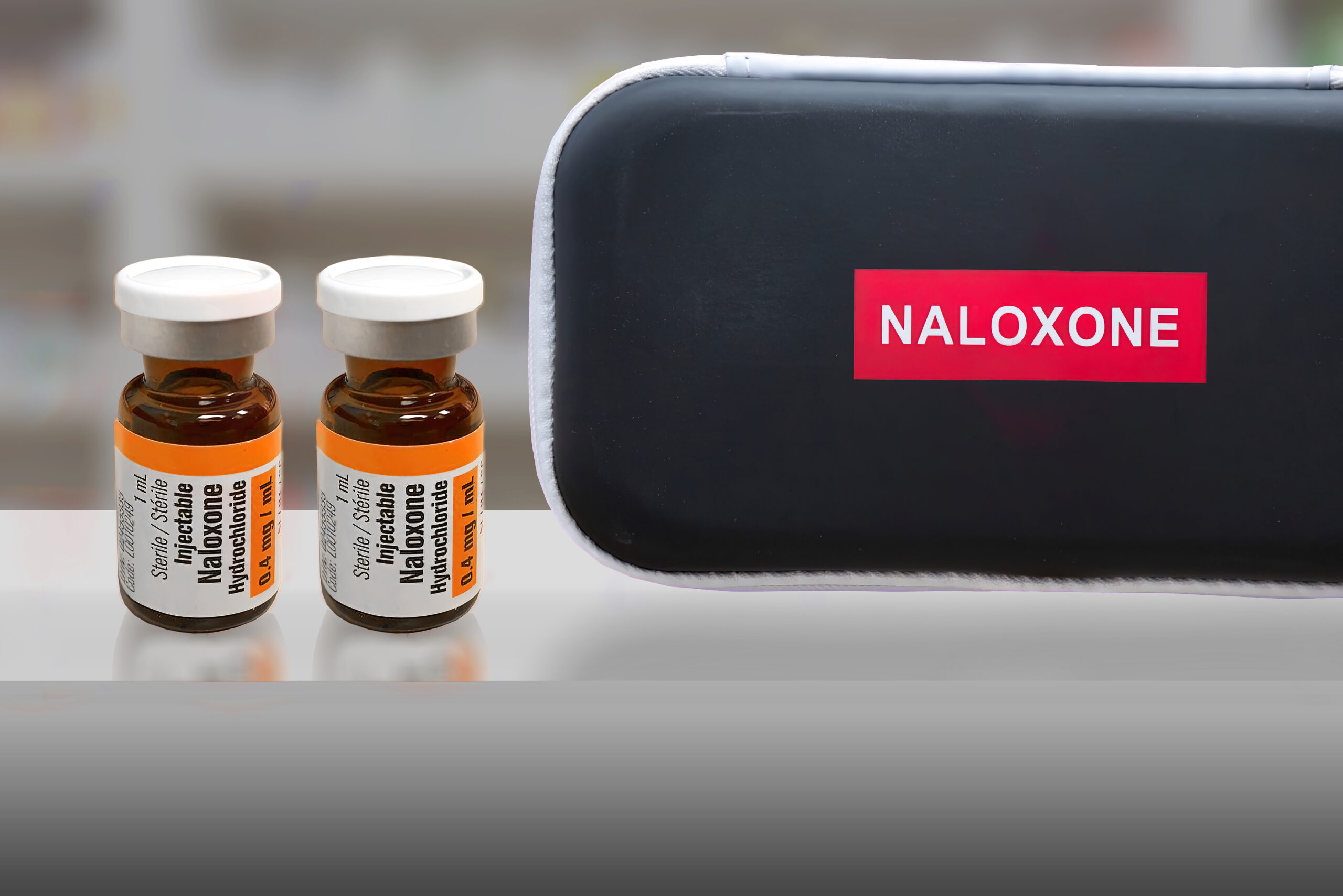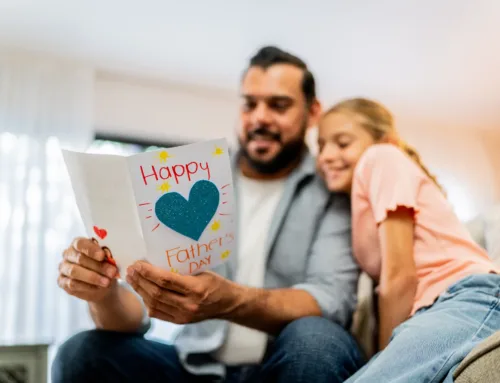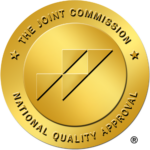How to Administer Naloxone to a Loved One
In an emergency, naloxone can save someone’s life — if you know how to properly administer it.
Providing this overdose antidote to first responders has been a lifesaver, allowing them to all the more quickly and efficiently perform a rescue. Unfortunately, most overdoses do not happen in a professional medical setting.
The administration of naloxone is no longer limited to first responders, making it an essential skill to learn for friends and family members of individuals who have been prescribed narcotics.
In this article, we’re going to share with you the techniques for administering Naloxone to a loved one who has overdosed.
What is naloxone?
Naloxone is a form of medicine that rapidly reverses the effects of an opioid overdose. It is not a treatment for opioid use disorder, and is not a remedy for other forms of drug overdose.
Naloxone is almost always given as a nasal spray, being a pre-filled device that sprays the medication directly up into the individual’s nostrils. In some instances, naloxone is provided as an auto-injector, in which case the re-filled device injects the medication into the outer thigh.
This life-saving medication should be given whenever signs of an opioid overdose are present, or even if an overdose is suspected to take effect soon.
Some signs of an opioid overdose include:
- Unconsciousness or unresponsiveness
- Discolored lips or tips of fingers
- Slowed or stopped entirely breathing
- Choking, gurgling or snoring sounds
- Cold, clammy or pale skin
If you suspect someone is experiencing an overdose on opioids, call 911 immediately and then proceed to administer naloxone to the individual.
How to administer naloxone
In an emergency, you are legally cleared to administer naloxone to someone through the “Good Samaritan” law that is in effect in the majority of states.
For someone actively suffering from an overdose, there are several common administration routes for naloxone, the most common being a spray into the nose, or an injection in the thigh.
If you suspect someone has succumbed to an overdose, here are the steps you’ll take:
1. Check for a response
Attempt to wake the person before administering any sort of medication. Shake them, shout their name if you know it, rub your hand vigorously on their chest and check for signs of breathing.
2. Call 911, follow their instructions
After you confirm (or you are almost entirely convinced) an overdose has occurred, immediately call 911. Give the operator any details they need, and then proceed to follow any instructions they tell you, which, commonly, will include administering the naloxone.
3. Administer naloxone
If you have naloxone in the form of a nasal spray, place and hold the tip of the device in either nostril and firmly press the plunger to release the dose directly into the individual’s nose.
If you have naloxone in the form of an injection that requires an assembly (a vial as well as a needle), insert the needle into the rubber plug of the vial, pull back on the plunger to fill the needle and inject it into their upper outer thigh.
4. Follow any additional instructions
The operator may have requested you keep them on speaker as you administer naloxone, at which point, they may have follow-up instructions for you. Sometimes, this simply includes staying with the person until the ambulance arrives.
5. Stay with the person
It’s important to stay with the individual until the first responders arrive. The operator may tell you to roll the individual into a “recovery position,” which entails rolling them onto their side, with their top arm and leg flung over their body to prevent choking.
Formal naloxone training
If you would like a more in-depth training on how to administer naloxone to a loved one, there is a wide variety of professional educational resources for you to reference.
Naloxone training courses are typically offered both online and in-person, so depending on your preference and what is available locally to you, you may have your pick of the two.
Reach out for additional support
Here at Freedom Detox, we are a freestanding detox center offering a multitude of treatment options based on acceptance and commitment therapy. We pride ourselves on our ability to customize a treatment plan to your unique needs.
For those struggling with a substance use disorder, we provide multiple options for recovery, enabling you to always receive the most personalized, highest level of care.
You can submit a form or call our office anytime at 800-475-2312 to speak with one of our qualified team members to learn more about the different opioid treatments we offer.





